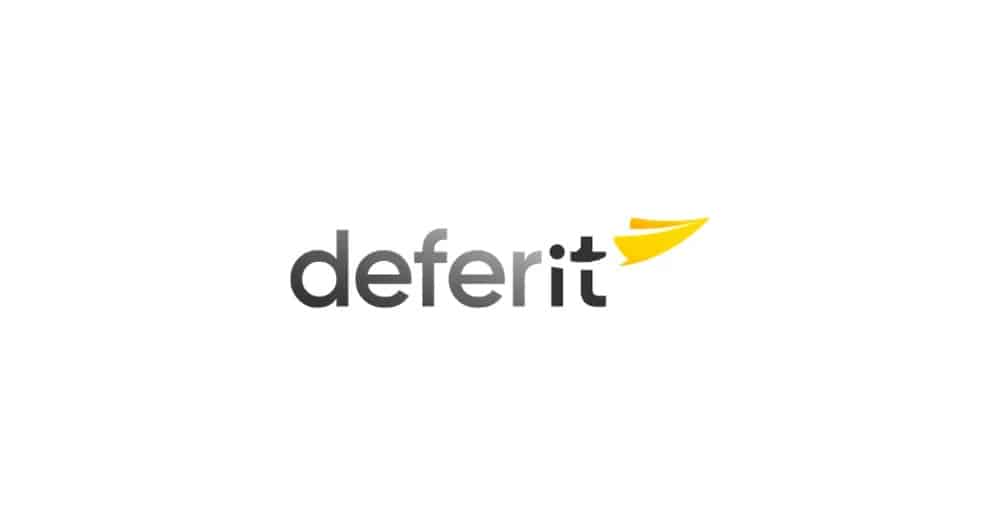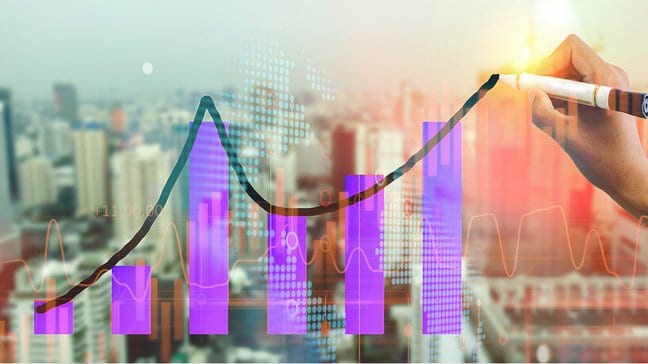Winning Customers with Advanced Behavioral Pricing

It is proven that behavioral pricing implementation can result in up to a 25 percent increase in one of the key metrics. Along with advanced software used in behavioral pricing, it can be extremely beneficial for boosting revenues and winning customers’ loyalty.
In simple terms, behavioral pricing help understand consumer behavior to set prices that will meet expectations. However, rooted in science, the approach is not that easy to apply especially, if one does not know about behavioral economics and advanced pricing methods.
In this article, we want to reveal some insights on advanced behavioral pricing and show where you need to start to rip the benefits.
The notion of behavioral economics and behavioral pricing
Behavioral pricing can be defined in the following way – the strategy for establishing a price depends on the shifts in consumers’ purchasing behaviors. The answer is in the name itself. How does it work? Businesses analyze feedback on their products, as well as get data on different aspects, and then apply the results to receive a price. Usually, behavioral pricing works with elements like demand trends, purchase history, and demographics.
In turn, behavioral economics plays an integral role in behavioral pricing. The notion includes researching consumer psychology with a particular emphasis on aspects driving purchasing behaviors. The reality is that people create a vast amount of digital data. This article suggests that modern consumers in two day period offer more data than was generated before 2003 combined. Behavioral economics help make sense of that data, and behavioral pricing helps turn those insights into viable pricing strategies. To analyze such a massive chunk of information, many companies rely on advanced tools like dynamic pricing software and others.
Factsheet on behavioral economics
The foundation of behavioral economics stands on the premise that consumers make purchasing decisions often based on irrational triggers. However, all the irrational decisions are unified around some objective reasons to justify making the purchase. Consumers want to make a reasonable buy while appealing to irrational motivators.
There is a prominent example supporting the premise. Customers are offered a small cup of juice priced at $4 and a large cup of juice priced at $8. Naturally, most consumers appeal to a cheaper option. Yet, when the third option, a medium cup, is introduced at $6, something strange happens – most customers start preferring the large cup. The thing is that with the medium option, getting the large one starts looking like a good deal. This is how behavioral pricing and behavioral economics work.
Putting it simply, in retail, behavioral pricing can be a game-changer. There is a massive number of SKUs to work within the industry. However, the key question is whether the availability of such many factors makes behavioral pricing hard and inaccurate? The answer is no. Yet, there is a catch. To work with so many SKUs, businesses use advanced software solutions. The instruments help analyze SKUs and deliver solutions accurately predicting consumers’ purchasing behaviors. As an outcome, tools like dynamic pricing software can be applied to businesses with broad product portfolios.
Where to start?
Now, you know what behavioral pricing and behavioral economics are. Nevertheless, you can have a reasonable question – how can I use the methods, and where should I start? The behavioral pricing starters pack includes:
- The third option. Consider adding a third pricing option to create a good-deal impression.
- The “free” option. Offers something for free to increase demand.
- Purchasing threshold. Establish the point of consumers’ willingness to pay.
- Specific focus. Direct customers’ attention toward high-priority products.
- Endowment phenomenon. Create the impression that people get more than what they expected.
- Pricing anchors. Set high prices when the new product is introduced and lower the cost.
These are basic elements to start with behavioral pricing. However, you should always remember that using these factors is possible when you have the output from advanced software solutions. It means that you need to understand the market and consumers first and only then use tools of behavioral pricing.
Going pro with behavioral pricing
There is a particular moment when conventional behavioral pricing turns into advanced behavioral pricing. This moment occurs when businesses master the art of using advanced pricing software. Such a mastery grants an ability to process millions and billions of various data points on price, sales, competition, customers, and the market itself. Based on such proceedings, the software offers recommendations for pricing strategies and illustrates the market dynamics song with price elasticity.
The same is true for advanced behavioral pricing. Businesses can operate with tools like dynamic pricing software and understand pricing and market better than anyone else without such instruments. One can say that advanced behavioral pricing utilizes the power of last-generation software for the sake of defining and exploring factors like price elasticity and demand curve.
What advanced behavioral pricing brings to the table? From such a perspective, the software helps sustainable pricing in particular stages of pricing implementation:
- The software is capable of analyzing a myriad of pricing and non-pricing elements.
- The instrument helps companies focus on their key objective and unite efforts around the objective using the insights from the advanced behavioral pricing.
- The approach offers a range of forecasts that can be used to effectively adapt or update business processes to meet the company’s objectives.
These are among the few things advanced behavioral pricing can offer through the use of pricing software. Essentially, all these elements can be turned into better profits, higher revenue, and a boost in customer experience. McKinsey indicates that good pricing is a direct way toward more personalized customer experiences. Simply put, if you know what consumers want, you can set prices that will meet their expectations. If customers see that their desires are met, it will lead to a higher willingness to pay and increased loyalty.
Considering the above, behavioral pricing uses the key aspects of behavioral economics and turns them into beneficial pricing strategies. When adding advanced pricing software to the equation, one receives advanced behavioral pricing. The method uses the best technological approach and helps companies better understand the market, customers, and pricing per se.




